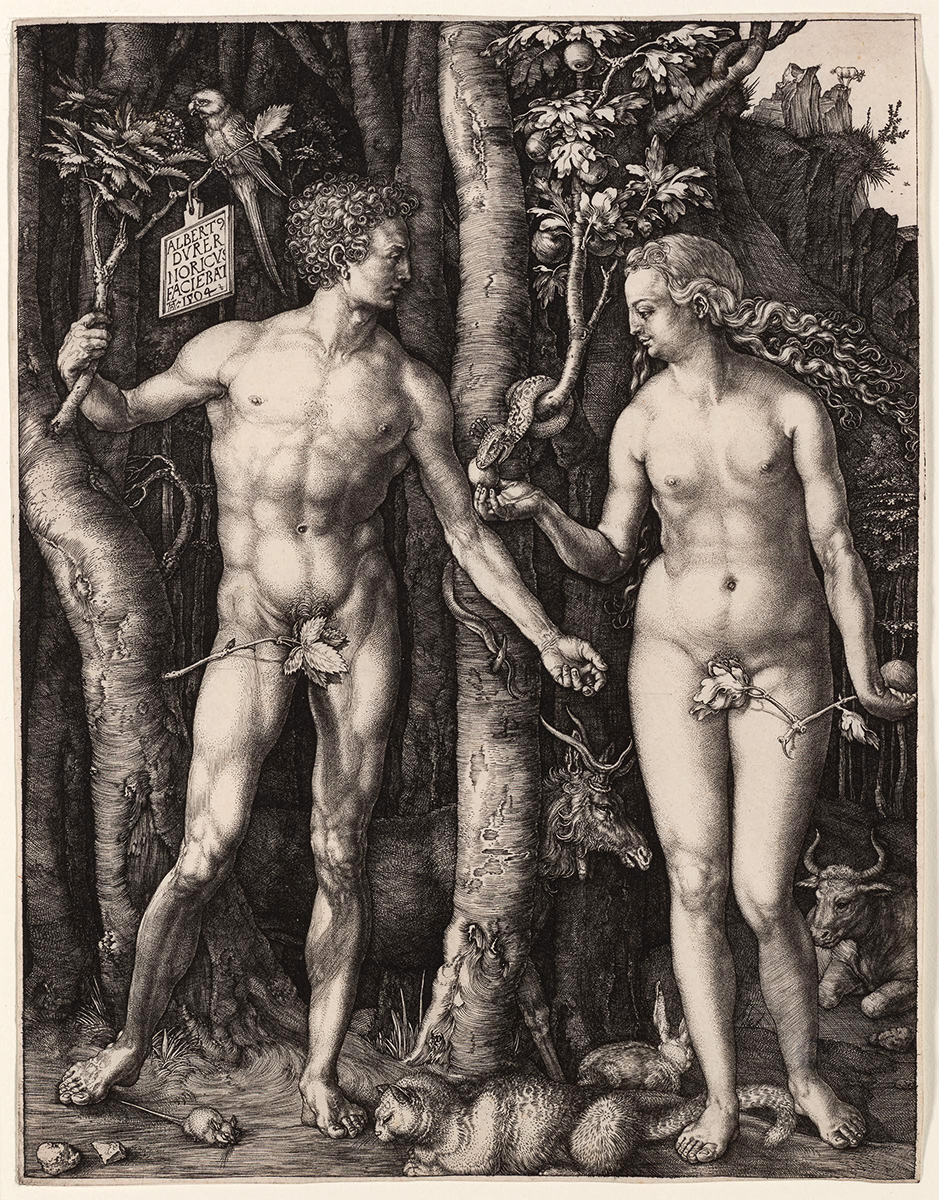Small Prints, Big Artists: Renaissance and Baroque Masterpieces from Carnegie Museum of Art
February 2 - May 15, 2016
Small Prints, Big Artists presented more than 100 masterworks from Carnegie Museum of Art’s exceptional collection of over 8,000 prints. The intimately scaled woodcuts, engravings, and etchings traced the development of printmaking as a true art form in Europe during the Renaissance and Baroque periods.
The exhibition opened with a selection of later fifteenth-century woodcuts, by unknown artists, which were invariably employed to illustrate religious texts. These nascent examples provided important models against which one might measure Albrecht Dürer’s complex relief designs from just a generation later, represented by several sheets from his Apocalypse and Life of the Virgin series. The exhibition also featured a number of Dürer’s important engravings, including a spectacular impression of Adam and Eve, dated 1504, and all three of the Meisterstiche, or Master Engravings, from 1513–14.
Joining Dürer’s work in the exhibition were examples by many of his contemporaries, such as Martin Schongauer, whom Dürer admired, and the Kleinmeister, or Little Masters, a group of printmakers who specialized in small-scale imagery. Italian engraving during the early years of the sixteenth century was highlighted by the efforts of Andrea Mantegna and Marcantonio Raimondi, whose masterpiece, The Judgement of Paris, created c. 1517–20, marked the pinnacle of his collaboration with Raphael.
The achievements of printmaking in the Low Countries during the sixteenth century were represented by Philip Galle, the van Doetechum brothers, and Hendrick Goltzius, whose Apollo and Pietà demonstrated an unparalleled skill with the burin. As the seventeenth century unfolded, particularly in the Netherlands, engraving gave way to etching, a medium that was particularly cherished by Rembrandt, whose twenty-three prints in the exhibition include his finest landscape, The Three Trees, from 1643, and the famed Christ Healing the Sick, completed c. 1649, perhaps better known as The Hundred Guilder Print, because within a few years of its creation the etching was exchanging hands for the remarkable price of 100 guilders, or about four months’ wages for the average worker.
This exhibition was organized by Carnegie Museum of Art.
